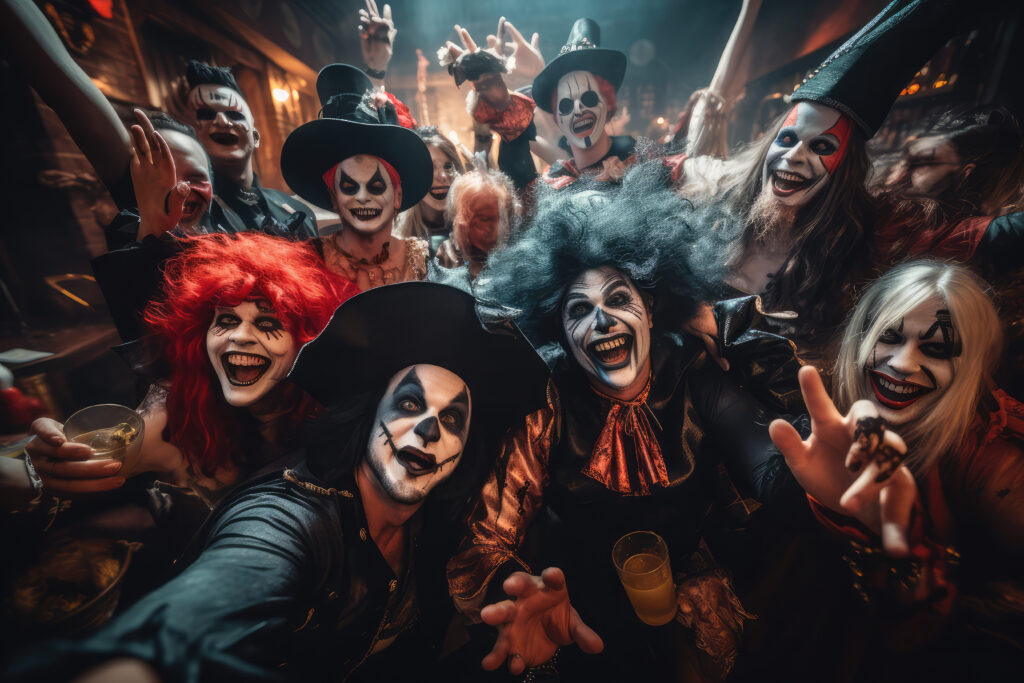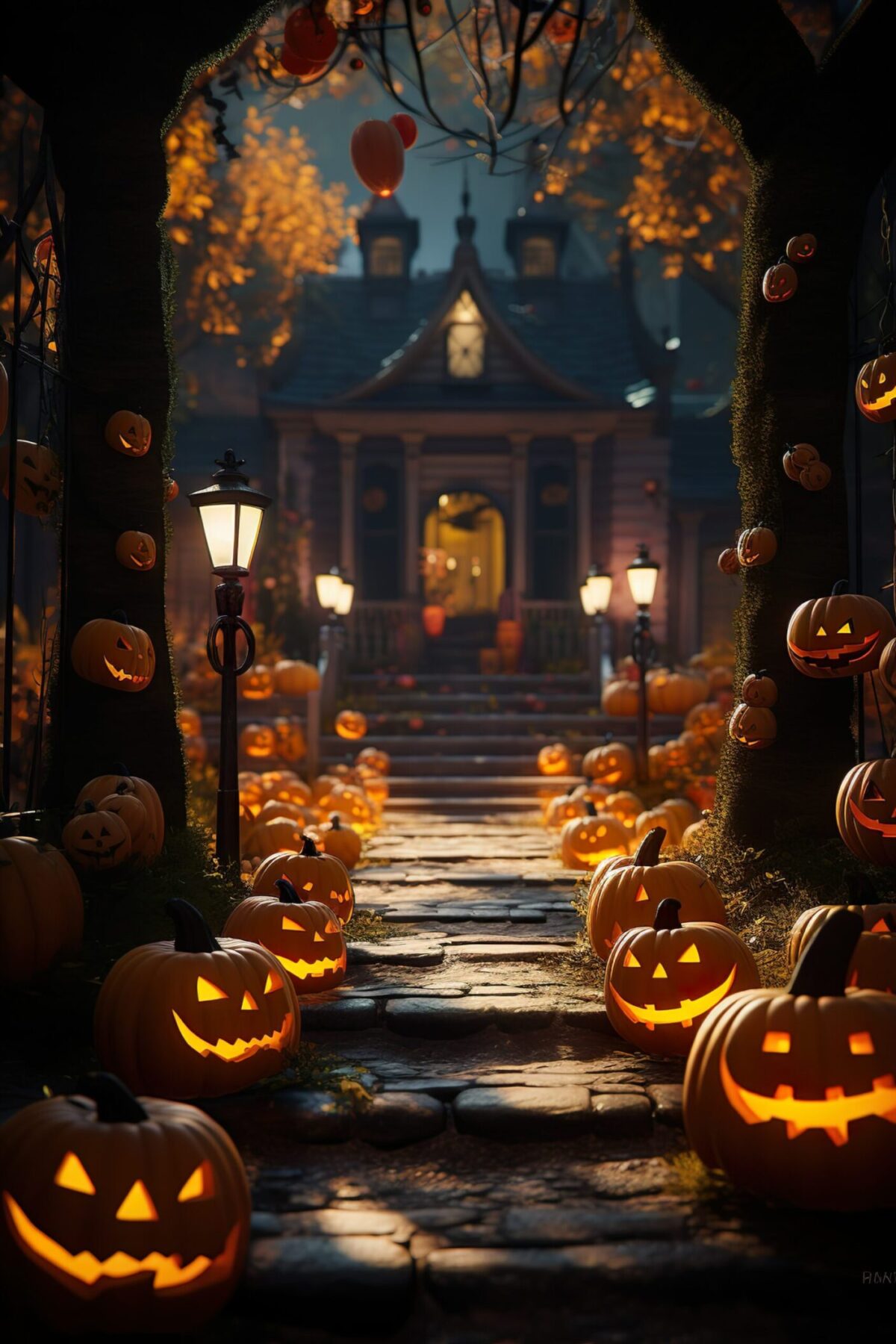The Origins of Halloween
Halloween with its costumes, candy, and spooky decorations is a holiday celebrated worldwide. But what many people may not realize is that it has deep-rooted origins in an ancient Celtic festival known as Samhain. In this 2400-word blog post, we will explore the fascinating history of Halloween and Samhain, tracing its origins, the evolution of customs and traditions, and the enduring significance it holds in our modern world.
The Ancient Celtic Festival of Samhain
Samhain:
A Celtic Celebration Samhain, pronounced “sow-in” or “sah-ween,” marked the end of the Celtic year and was celebrated by the Celts in what is now Ireland, the United Kingdom, and parts of France over 2,000 years ago. This holiday held deep spiritual and agricultural significance.
The Thinning of the Veil
One of the central beliefs during Samhain was that the boundary between the world of the living and the spirit world became thin during this time. It was believed that the spirits of the deceased could return to the earthly realm during Samhain.
Bonfires and Rituals
Celts lit bonfires to ward off evil spirits and gathered to perform rituals and ceremonies, often led by Druids. These rituals included offerings, divination, and communal feasting.
Roman Influence and the Birth of “All Hallows’ Eve”
Roman Conquest and Influence When the Romans conquered Celtic territories, they merged their own festivals with Samhain. The most notable influence was the festival of Pomona, the Roman goddess of fruit and trees, which contributed to the tradition of bobbing for apples.
All Saints’ Day
In the 7th century, the Catholic Church introduced All Saints’ Day, also known as All Hallows’ Day, on November 1st, to honor saints and martyrs. The evening before, October 31st, became All Hallows’ Eve, eventually evolving into Halloween.
Medieval Halloween Traditions
Halloween continued to evolve in Europe during the Middle Ages. The traditions that emerged included souling (a precursor to trick-or-treating) and guising, where people would dress in costumes to confuse and placate wandering spirits.
Jack-o’-Lanterns
The tradition of carving lanterns from turnips or pumpkins, now synonymous with Halloween, originated in medieval Europe. The term “jack-o’-lantern” comes from the Irish folktale of “Stingy Jack.”
Halloween in America
Halloween was not widely celebrated in colonial America due to its Protestant roots. However, as Irish and Scottish immigrants arrived in the 19th century, they brought their Halloween traditions with them.
Commercialization and Trick-or-Treating
In the early 20th century, Halloween began to take on a more commercial aspect. Costumes, candies, and trick-or-treating became popular, turning Halloween into a family-friendly holiday.
Modern Halloween: A Blend of Traditions
The Globalization of Halloween
In the 20th and 21st centuries, Halloween has transcended its Celtic and Roman origins and become a global phenomenon. People from all over the world celebrate the holiday, each incorporating their unique customs and traditions.
The Haunted House Phenomenon
Halloween is synonymous with haunted houses, where people pay to be scared. This tradition reflects the enduring fascination with the supernatural and the eerie.
The Spiritual and Cultural Significance
Honoring Ancestors
Many modern Halloween traditions, such as carving pumpkins and setting up altars, have roots in the desire to honor and remember deceased loved ones and ancestors.
Cultural Diversity
Halloween has evolved and incorporated elements from various cultures and belief systems. For example, Día de los Muertos (Day of the Dead) in Mexico, while distinct from Halloween, shares similarities in its emphasis on honoring the dead.
The Timeless Resonance of Halloween and Samhain
Halloween’s roots trace back to the ancient Celtic festival of Samhain. Over millennia, it has absorbed influences from Roman, medieval, and American traditions, becoming the festive and spooky holiday we know today. While Halloween has evolved, its core elements of celebrating the changing of seasons, honoring the dead, and embracing the supernatural have remained remarkably constant. As we don our costumes and carve our jack-o’-lanterns, we continue to partake in a tradition that bridges ancient beliefs and contemporary celebrations, reminding us of our shared human fascination with the mysterious and the otherworldly.
Happy Haunting and Blessed Samhain!


